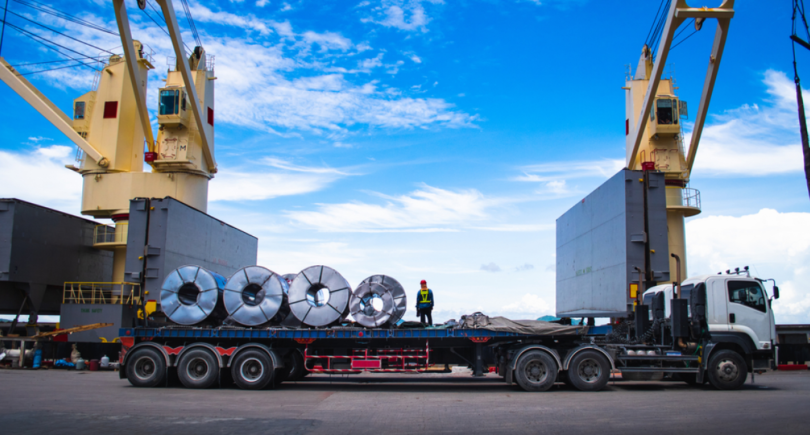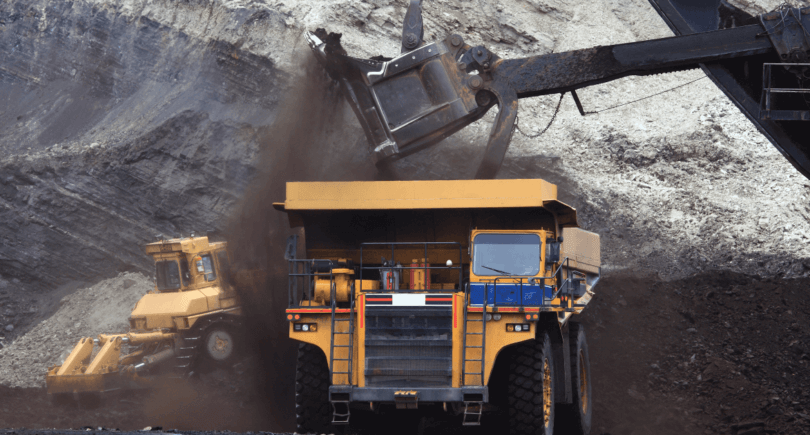
News Global Market protective measures 2577 31 January 2024
Progress on the steel deal between the EU and the US has been slow
European steelmakers are calling on the EU to resume negotiations with the United States on the Global Sustainable Steel and Aluminum Agreement (GSA), Euractiv reports.
The parties pledged to work on the agreement in 2021. Washington first proposed the creation of a so-called green steel club in December 2022 to overcome the dispute over Section 232 import tariffs during the Trump administration. Progress has been slow, and now steel producers from Europe are calling for more intense efforts.
According to Axel Eggert, Director General of the European Steel Association (EUROFER), the negotiations should be resumed, building on what has already been discussed, and possibly concluded. In a commentary to the publication, he noted that the situation with global overcapacity is deteriorating.
Steel production capacity is far exceeding demand. The OECD Steel Committee (Organization for Economic Cooperation and Development) warns that the problem of overcapacity is expected to become even more acute in the future.
Meanwhile, Europe and the US are seeking to launch a green transformation of the steel industry. The process requires large investments and cannot be economically justified unless sales of such products at higher prices are guaranteed.
The Green Steel Club can ensure this condition, in particular, by creating obstacles for Chinese steel. However, analysts believe that the details of the steel deal and the progress of the negotiations are subject to change. In addition, the results of the upcoming presidential election in the United States may affect the situation.
However, the biggest challenge may be the parties’ different approaches to industrial transformation.
The United States wants to propose a tariff based on the carbon intensity of steel imported from other countries, but so far has left domestic production untouched. It is difficult to say whether a domestic carbon price can be established.
Meanwhile, the European Union has set a price for CO2 emissions from European steel production and started implementing a cross-border carbon adjustment mechanism (CBAM).
With regard to carbon pricing, there are concerns across the Atlantic that if the United States succeeds in getting a number of countries to join a green steel club that uses the European CBAM model, it could increase Brussels’ influence.
However, the US side is likely to reduce emissions following its own policy, says Mike Williams, senior fellow at the Center for American Progress (CAP). According to him, another proposal under development is the elimination or significant reduction of import tariffs on steel and aluminum sold within the hypothetical club.
As GMK Center reported earlier, in late December, the US extended the suspension of Section 232 tariffs for the EU for two years. It was also said that the parties would continue to discuss global agreements on steel and aluminum.




